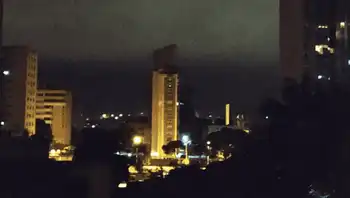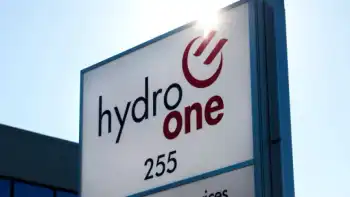Power needs to rise after 2013
KALISPELL, MONTANA - Energy analysts say there's enough electricity to power the Pacific Northwest for the short term, but after about 2013 an increased need for electricity begins to chip away at supply.
“The Northwest is in good shape for the next five years,” said Bill Booth, “but as demand for power grows, our cushion to meet periods of high demand shrinks.”
Booth chairs the Northwest Power and Conservation Council, a multistate agency tasked with balancing the need for affordable and reliable power against the needs of resident fish and wildlife.
Booth stressed that the council's finding “does not mean we will run out of power, but it's an issue that the region's utilities will have to address as they plan for the future.”
The council is urging regional utility companies to plan new power plants and encourage more energy conservation, in order to insulate consumers against power-price spikes in a notoriously volatile wholesale market.
Already, many electricity providers are investing in new plants - especially solar and wind plants - as part of state-mandated renewable resource requirements.
The council reports annually on regional power supplies, and this year announced a good-news, bad-news scenario. The immediate future holds little risk of energy shortages, but predicted increases in demand - especially during summer months - will shrink reserves substantially by 2013, Booth said. The annual analysis is intended as an early warning system, should supply fall behind demand. And while the council is urging more power plant development, members stopped short of defining how many and what kinds of plants should be built. Those details are expected in the council's upcoming five-year power plan, to be completed next year.
The current power plan, released in 2004, indicated the region would need about 5,000 additional megawatts of production in the coming two decades. Of that, about half - enough to power a city the size of Seattle for two years - was recommended to come from energy conservation rather than new plant construction.
And in 2007, electricity producers and wholesalers predicted a gust of wind power development in the coming two decades, adding perhaps 6,000 megawatts to the regional grid by 2024.
Related News

Major U.S. utilities spending more on electricity delivery, less on power production
WASHINGTON - Over the past decade, major utilities in the United States have been spending more on delivering electricity to customers and less on producing that electricity.
After adjusting for inflation, major utilities spent 2.6 cents per kilowatthour (kWh) on electricity delivery in 2010, using 2020 dollars. In comparison, spending on delivery was 65% higher in 2020 at 4.3 cents/kWh. Conversely, utility spending on power production decreased from 6.8 cents/kWh in 2010 (using 2020 dollars) to 4.6 cents/kWh in 2020.
Utility spending on electricity delivery includes the money spent to build, operate, and maintain the electric wires, poles, towers, and meters that…




